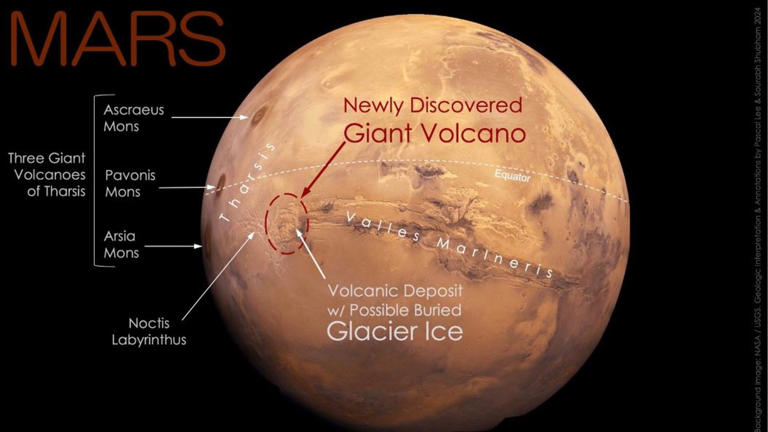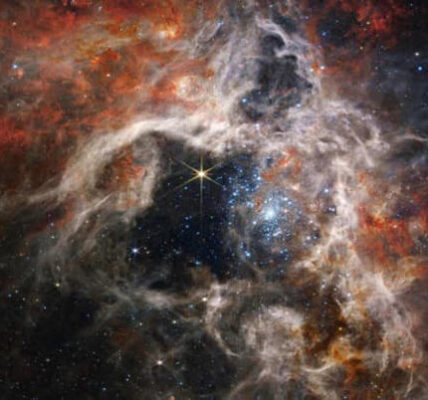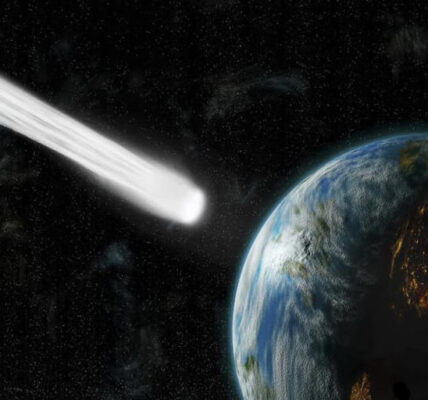“Recreating Martian Spiders: 5 Stunning Breakthroughs Scientists Are Raving About”
Recreating Martian Spiders has become a reality as NASA scientists successfully replicated these mysterious features from Mars in the lab. This breakthrough opens new doors for understanding these enigmatic formations. Discover the details of this exciting development in our latest story.

Table of Contents
ToggleRecreating Martian Spiders: A Major Breakthrough
NASA scientists have made an exciting discovery by successfully recreating the mysterious “spiders” seen on Mars. This groundbreaking achievement, which has left researchers thrilled, could unlock new insights into these enigmatic Martian features.
What Are Martian Spiders?
Recreating Martian Spiders starts with understanding what they are. These unique formations, officially known as araneiform terrain, are visible on the surface of Mars and resemble clusters of dark, spider-like cracks. Spanning up to 3,300 feet (1,000 meters) across, these structures look like a swarm of spiders crawling over the Martian landscape. The term “spiders” is used because of their appearance, which can be seen in satellite images taken by Mars orbiters.
How Do Martian Spiders Form?
To understand Recreating Martian Spiders, we need to look at how they form. These formations occur due to the sublimation of carbon dioxide (CO2) ice. On Mars, CO2 ice turns directly from solid to gas, skipping the liquid phase. This process creates pressure beneath the ice, leading to cracks that let the gas escape. As the gas exits, it carries away dark dust and sand from the surface, leaving behind spider-like patterns.
The Kieffer Model Explained
The Kieffer model is central to Recreating Martian Spiders. Developed in 2021, this model explains the formation process. During Martian spring, sunlight heats the CO2 ice slabs on the surface. This heating causes the ice to sublimate and build up pressure beneath the ice. Eventually, the pressure becomes too much, causing the ice to crack and release gas. As the gas escapes, it takes dust and sand with it, leaving spider-like scars on the Martian surface.
The Lab Experiment: Recreating Martian Spiders
Recreating Martian Spiders in the lab was a challenging but rewarding task. Scientists at NASA’s Jet Propulsion Laboratory (JPL) used a special chamber called the Dirty Under-vacuum Simulation Testbed for Icy Environments (DUSTIE) to replicate Martian conditions. This chamber mimics Mars’ extremely low temperatures and pressures. The team placed simulated Martian soil in the chamber and covered it with CO2 ice. They then used a lamp to heat the mixture, simulating the effect of sunlight on Mars.
It took several attempts to get the conditions just right. Finally, the ice cracked, and gas seeped out, forming a miniature version of the Martian spiders. This successful experiment was a huge milestone for the team.
Unexpected Findings
While Recreating Martian Spiders, the scientists made an unexpected discovery. They found that ice also formed within the ground, causing additional cracking alongside the surface ice. This finding explains the zig-zag patterns seen in the spiders’ legs. It shows that nature can be more complex than models and textbooks suggest.
The Excitement Behind the Experiment
The breakthrough in Recreating Martian Spiders was a major event for the researchers. Lauren McKeown, the lead author of the study and a planetary geomorphologist at JPL, had been working on this project for five years. When the experiment finally succeeded, her excitement was so great that it startled the lab manager, who initially thought something had gone wrong.
McKeown’s enthusiasm highlights the significance of this achievement. The ability to recreate these Martian features on Earth opens new possibilities for understanding their formation and behavior.
Future Research and Goals
The success of Recreating Martian Spiders has paved the way for further research. Scientists are eager to explore why these spiders form in some areas of Mars and not others. They also want to understand why the number of these formations does not seem to increase over time. These questions are essential for a complete understanding of Martian geology.
The researchers plan to conduct more experiments to address these mysteries. By continuing to study these formations, they hope to gain deeper insights into Mars’ climate and surface processes.
Conclusion: The Impact of Recreating Martian Spiders
Recreating Martian Spiders has been a significant breakthrough for NASA and the scientific community. By successfully replicating these Martian features in the lab, researchers have unlocked new opportunities to study and understand them. This achievement not only provides valuable information about Mars but also demonstrates the power of scientific curiosity and innovation.
As we continue to explore and learn more about our neighboring planet, discoveries like these will play a crucial role in unraveling the mysteries of Mars. The excitement surrounding Recreating Martian Spiders is a testament to the ongoing efforts to explore and understand the Red Planet.
Related:


